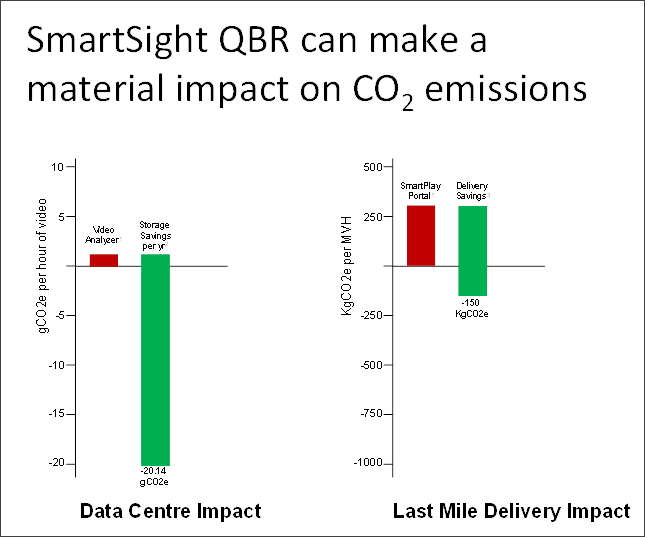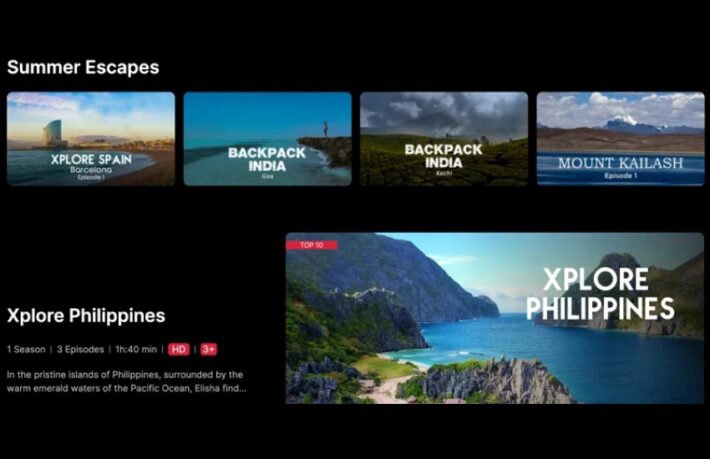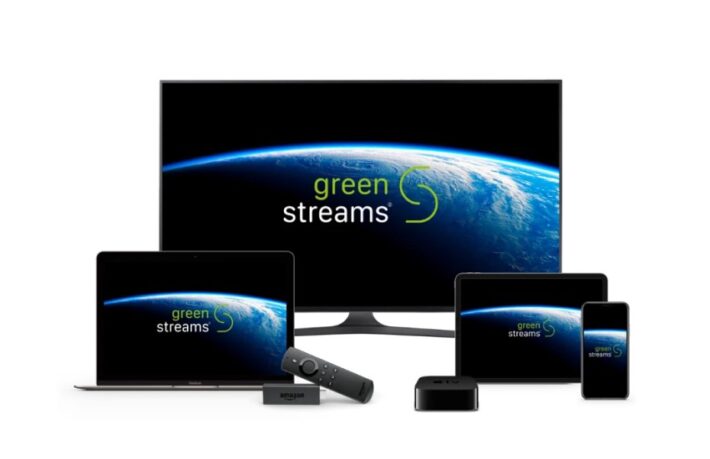Towards Greener Streaming Delivery with QBR…

We were reminded by a recent Faultline interview about the Greening of Streaming initiative and wanted to applaud the founder’s key thinking on maintaining video service QoS, while making achieving this QoS this more efficient. Without trying to change consumer habits, it seems appropriate to encourage service providers to be more sensitive to the carbon implications of the delivery chain and to employ technology that can minimize energy impacts in any way possible. The trick is, of course, to do this without any adverse consequences to the viewer experience.
Who could fail to recognize the trajectory of streaming implementation concerns – from achieving acceptable, quality, then driving ROI, and now to service efficiency. The impact across the whole arc of commercialization has, of course, been remarkable. But, just like many aspects of our green consumer outlook, nobody wants to return to postage stamp video windows even in the interests of the planet. Gains in efficiency of service delivery have to be achievable without compromise to the levels of quality we have all come to expect.
The seminal work on the carbon impact of streaming was carried out under the auspices of the Carbon Trust in 2021. This work concluded that greenhouse gas (GHG) emissions related to video streaming stem primarily from data centers, transmission networks and consumer viewing devices. The long term goal to reduce GHG emissions is based on improving efficiency of IT technology and on transition to renewable power sources. In the short term, the paper concludes that we can to split GHG emissions across the streaming delivery chain into two:
Emissions resulting from a constant baseline of power consumption which exists whether streaming is taking place or not
Emissions resulting from bandwidth driven computational load or data traffic directly resulting from video streaming
It is these latter marginal emissions that we have the opportunity to impact if we can reduce the average bandwidth per stream whilst maintaining quality of experience.
The MediaMelon perspective is, of course, how effective our SmartSIght/SmartPlay QBR solution has proven at achieving this very goal. The attached webinar video covers precisely this territory – we hope that you find it informative.
{% video_player “embed_player” overrideable=False, type=’hsvideo2′, hide_playlist=True, viral_sharing=False, embed_button=False, autoplay=False, hidden_controls=False, loop=False, muted=False, full_width=False, width=’1920′, height=’1080′, player_id=’66882298747′, style=” %}
SmartSight QBR takes on the challenge of more efficiently meeting streaming QoE goals and solves it within a new objective video measurement framework. SmartSight QBR uses objective perceptual video quality information generated by our patented iMOS evaluation tools. In conjunction with per-session business rules this reference data is used to enhance the playback performance of all types of Adaptive Bitrate (ABR) streaming, resulting in improved delivery QoE, reduced buffering and lower streaming energy use – illustrated by figures such as the analysis below (from the presentation).
 Importantly, the tools work seamlessly within existing streaming content workflows, with no need to modify the encoder, CDN or player ecosystems. They are especially effective at dynamically optimizing bandwidth use—and therefore CDN use—across different device and network types. SmartSight QBR can result in material savings in data and energy use, but a core service QoE benefit is the ability to add higher bitrate profiles to the content bitrate ladder in the confidence that SmartSight QBR will only select those profiles when content complexity and QoE targets dictate. This could result, for example, in data use being unchanged whilst QoE for a premium content library being materially enhanced.
Importantly, the tools work seamlessly within existing streaming content workflows, with no need to modify the encoder, CDN or player ecosystems. They are especially effective at dynamically optimizing bandwidth use—and therefore CDN use—across different device and network types. SmartSight QBR can result in material savings in data and energy use, but a core service QoE benefit is the ability to add higher bitrate profiles to the content bitrate ladder in the confidence that SmartSight QBR will only select those profiles when content complexity and QoE targets dictate. This could result, for example, in data use being unchanged whilst QoE for a premium content library being materially enhanced.
There’s likely going to be more discussion of this topic in the next months – and one set of observations will be presented at the upcoming NAB conference by Thierry Fautier from Harmonic.
Read more about the SmartSight QBR solution here.
{{cta(‘c839055a-79c0-4369-8f39-4c51c3ad98aa’,’justifycenter’)}}
The Team at MediaMelon.
Your Source for Streaming Intelligence.


